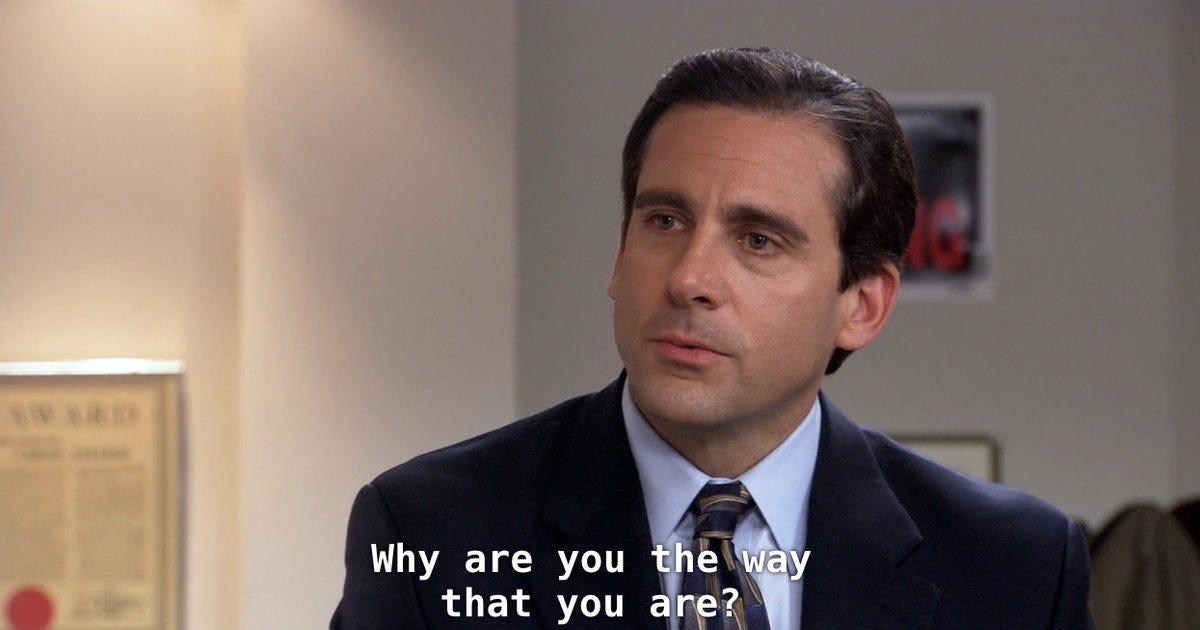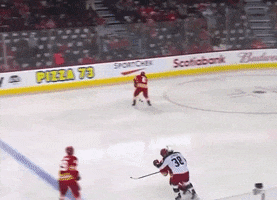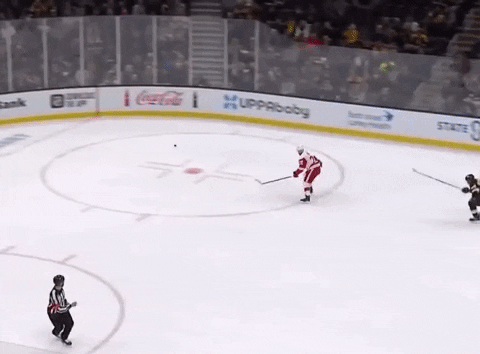What Is Forechecking? And What Are The Keys For Each Forechecking Role?
Using road tactics on the rink to improve forechecking
Many hockey parents spend thousands of miles traveling to rinks each season. Today, we are going to relate common strategies ‘on the road’ to a great forecheck ‘on the ice’.
What is forechecking in hockey?
Forechecking is a coordinated pressuring tactic used by the team out of possession in an attempt to create a turnover and win the puck back. Forechecking specifically refers to the coordinated pressuring of the opponent in their defensive end /the offensive end for the team pressuring.
Forechecking well requires coordination and understanding of the objectives of each player’s role. These roles are usually labeled as F1, F2, and F3 after which player enters the offensive zone first, second, and third.
F1 = Forechecker #1
F2 = Forechecker #2
F3 = Forechecker #3
In the past, we’ve looked at these roles as Bull, Fox, and Eagle… another great mental visualization of these three roles, particularly with younger players.
(F1) / Issue #1 - Turn Signal After Breaking
First Forechecking Player (F1)
On The Road - The reason for its existence is in its name… turn SIGNAL. It’s a signal of intent. If turned on after breaking, the entire point of its usage and existence is moot.
What really gets me is when you notice a person that clearly needs change lanes, but waits to put their signal until they are already nudging in.
Show your intent early and often!
“Get in there early. It’s so helpful because it lets the rest of us read off of you “ - NHLer Sean Kuraly (talking with a teammate on the bench)
On The Rink - Players in the F1 roles should gain depth quickly and immediately pressure the puck. While pressuring, players should angle into the puck carrier and finish all the way to the puck carrier. This quick angled pressure takes away options and signals to teammates what is available to the opponent and where to pressure next.
Here are examples of a player pulling up rather than finishing to the puck carrier with intention of stealing the puck. This is a common issue that harms the coordinated pressure as F2 and F3 are stuck waiting.
Example in the NHL, #29 White:
Example in youth hockey, #91 Black:
Quality example of F1 fulfilling their role well as a “bull”:
Related: Position Before Possession (Winning more 50%/50% puck battles)
Personally, I like to call F1 the force defender since they set the edge and force the play.

(F2) / Issue #2 - Bumper to Bumper at Stop Lights
Second Forechecking Player (F2)
On The Road - Tailgating at stop lights is terrible.
Less space between vehicles = less ability to react appropriately
More space between vehicles = more ability to react and close gaps as you move through the intersection
The further you start apart when stopped means more cars can get through the light/intersection. How to be more efficient on the road and increase your chances of getting through the traffic light? Leave more space between yourself and the vehicle in front when stopped.
On The Rink - Players in the F2 role should leave space between themselves and their F1 teammate. This allows a reaction to where the play goes next, whether a pass or the opponent beats F1.
(F3) / Issue #3 - Merging Early
Third Forechecking Player (F3)
On The Road - A commonplace on the road is construction and a closed lane. Rather than going all the way to the merge point, drivers start to merge early. While this seems smart, research has shown this is a terrible move and extremely inefficient.
What’s the best? Waiting until the merge point. It’s so effective that traffic experts call this the “Zipper Merge.”
On The Rink - Players in the F3 role should be patient and wait until an opportunity arrives. This could be activating into the offensive zone or simply maintaining defensive numbers that the opposition needs to play through.
Defensive example. F3 is patient to take away the passing options before going stick-on-puck to cause a turnover:
Offensive example. F3 stays high and covers for a pinching defenseman before sliding into the zone for a catch and shoot goal:
Patience. Choose your spots.
Further Reading
Did you enjoy this newsletter?
Help us spread the ideas within and share it with the people you care about







